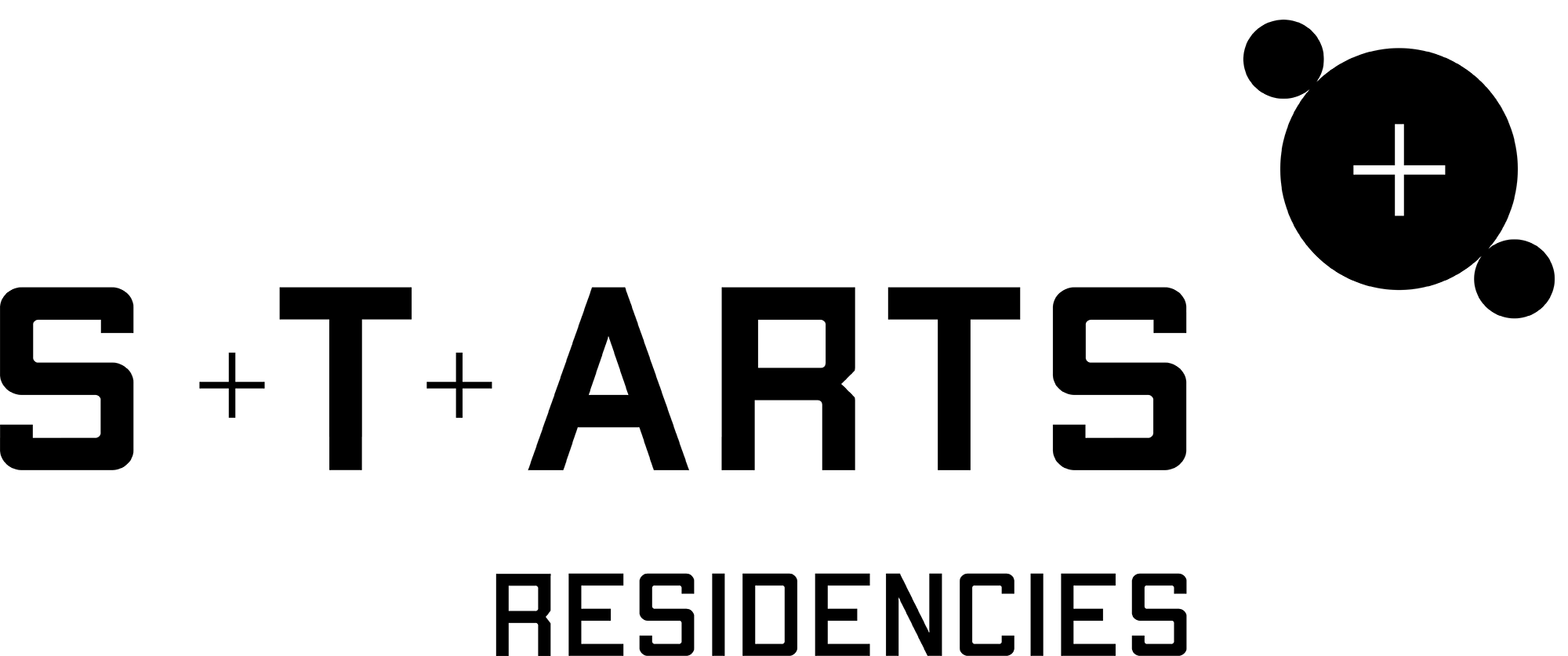Tech Project
Description of the challenges faced by the Tech Project
The Alamire Sound Lab features top-notch audio equipment both in terms of hardware (two 24-loudspeaker arrays and a 6-microphone array complemented with two powerful digital signal processors) and software (professional audio and video editing software with dedicated control software for the two auralization systems). At the same time, we envisage that musicians and musicologists should be able to seamlessly use this equipment even without a thorough technical training. The challenge arising from the project technology is therefore to design, develop, and evaluate an intuitive user interface for these particular end users. The artist should have a sufficiently strong technical background to be able to explore different ways of using the technology; to extrapolate the use of the technology to other fields; or to devise intermedia approaches relating to the own artistic methodology of the artist.
Brief description of technology
The Alamire Sound Lab consists of two distinct research labs, i.e., the Analytic Alamire Sound Lab and the Interactive Alamire Sound Lab. The Analytic Alamire Sound Lab features a digital auralization and positioning processor, a 24-loudspeaker array and a large interactive touch screen. The software on the processor allows to (re)position audio tracks in a multitrack recording anywhere in the 3-D space. This allows to unravel musical compositions, so that the separate strands that together form the polyphonic texture can be studied in an experimental framework. The Interactive Alamire Sound Lab features similar hardware, with additionally an array of six high-quality microphones and software for the real-time spatial synthesis of acoustic reverberation and for acoustic feedback control. This lab is intended to investigate the impact of the acoustics of historic spaces on music performance practice, by providing a real-time and interactive auralization of virtual acoustics.
What the project is looking to gain from the collaboration and what kind of artist would be suitable
We are looking for an artist with a sufficiently strong technical background in audio or music technology and with proven expertise in the design and development of interactive sound art installations. The artist’s technical skills should allow her/him to autonomously conceptualize and develop alternative uses of the technology of the Alamire Sound Lab. Alternative uses can be, to name just a few: create new experiences in auralization; develop alternative user interfaces; extrapolate the use of the technology to other fields; merge the technology with other media; configure the technology for collaborative use; integrate the technology in an experimental music composition practice. The output of such an exploration of alternative uses can be a standalone art installation, but it can also be a source of inspiration for the Alamire Sound Lab’s interdisciplinary research projects in early music and performance practice.
Resources available to the artist
The artist will be offered a dedicated desk in the Library of Voices throughout the duration of the residency. This includes access to a dedicated computer (iMac 27” 4.2 GHz i7 64GB DDR) with professional audio and video editing software and an internet and KU Leuven intranet connection, including access to all relevant digital resources. Direct access to all audio equipment in the Alamire Sound Lab will be provided via a Dante digital audio interface. Interaction with research staff from KU Leuven (Electrical Engineering, Musicology) and the Alamire Foundation will be possible throughout the residency.




